Located off the coast of Kilrush, County Clare this island covers a small area of just 0.7 km2. Its demographics records show a population of zero.
So the island is now home to some isolated and lonesome lighthouse, an abandoned monastery with a story of its own, and some forsaken artillery battery.
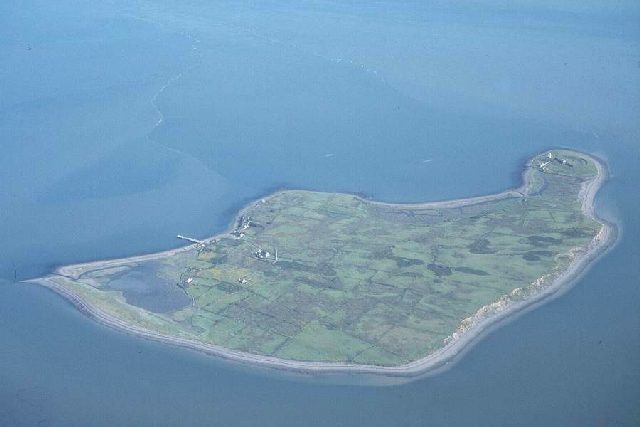
This island goes by the name of Scattery Island or Inis Cathaigh which was once anglicized Iniscathy that later become Iniscattery to finally become what it is today namely Scattery Island. Dúchas (a heritage service) bought the island in 1991.
This island was once home to the Saint Senan. He was born in ca. 488 and after numerous missionary travels he finally settled on Scattery Island. Alone and fully dedicated to God he forbid that no female should set foot on this island, not even his sister or at least that’s what the legend born out of the Tom Moore’s lyric is telling us.
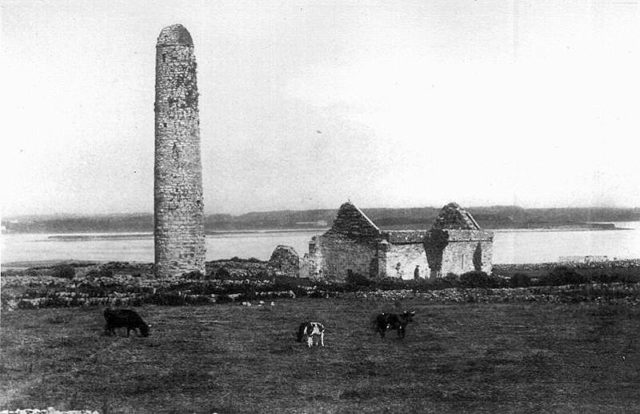
For an abandoned island with only two standing structures, Inis Cathaigh has a rich history. Another interesting fact is that during the Viking era, the last Norse King Ivar of Limerick was slain on this island together with his two sons by the hand of Brian Boru (an Irish King) in 977.
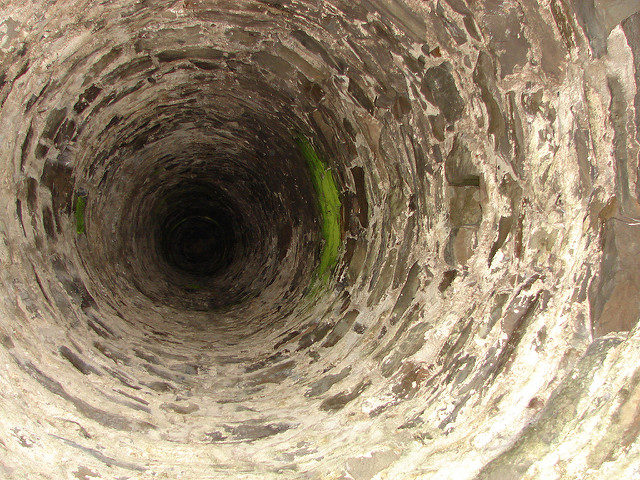
The Vikings raid the island sometime in 816 and the result of that raid was innumerable slain monks.
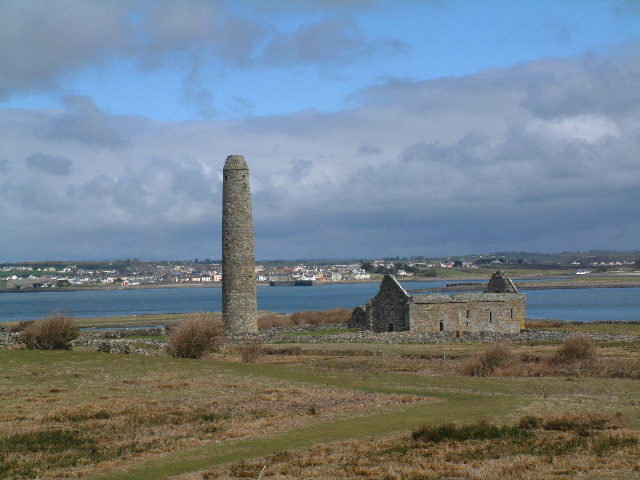
The monastery was logically constructed by St. Senan and even to this day there are still some remains of it, the house in which he lived, the seven rude chapels, and a round tower. Back in its days it even served as a safe harbor for ships like the Spanish Armada.
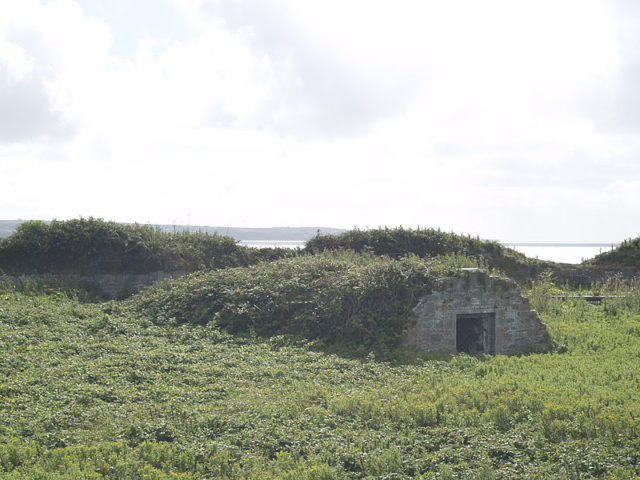
On the south of Scattery, one can find the artillery battery built during the Napoleonic wars. One of the three invasion places the French had considered was naturally the Shannon Estuary. This island served as one of the six batteries in the estuary.
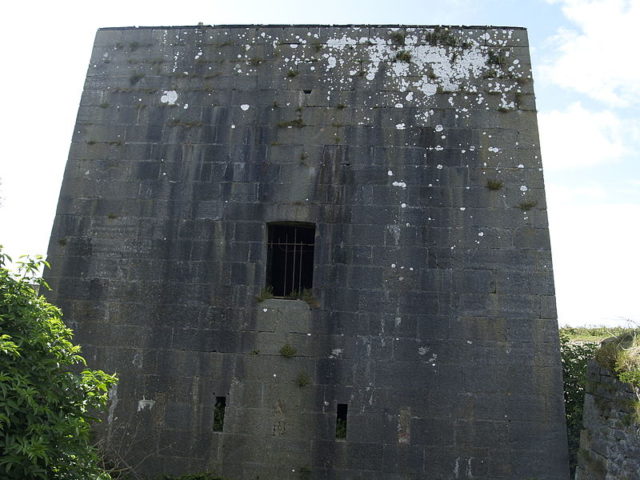
Once again the historical population shows that the island had some 65 residents in 1841, to drop down to 2 in 1971 and as of 1979 there is not a single breathing soul on this island.
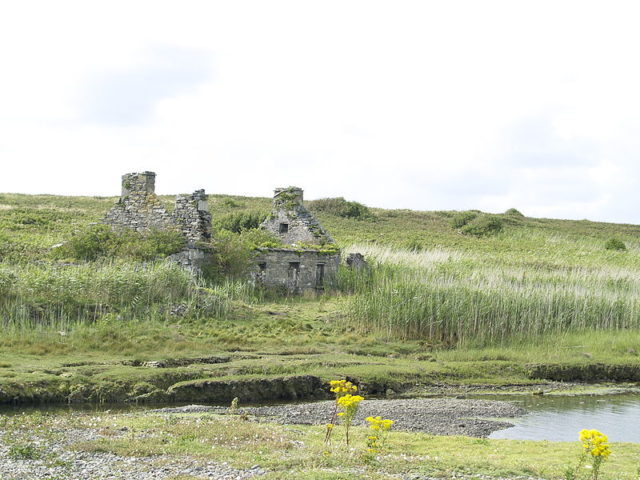
The inhabitants of this island appear to have had come here to avoid the troubles of everyday life during the famine period. Given the fact that it is an island, the fishing was the only existence these families had.
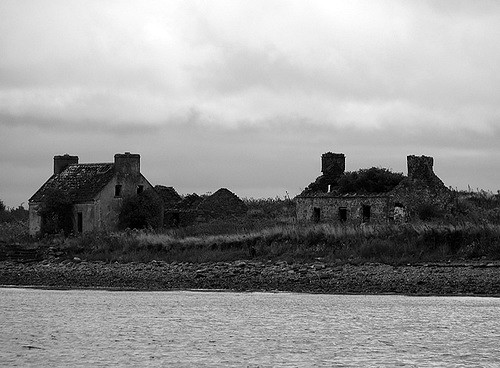
The last resident to leave this island did so in 1969. Since then only urban explorers and tourist visit the island
